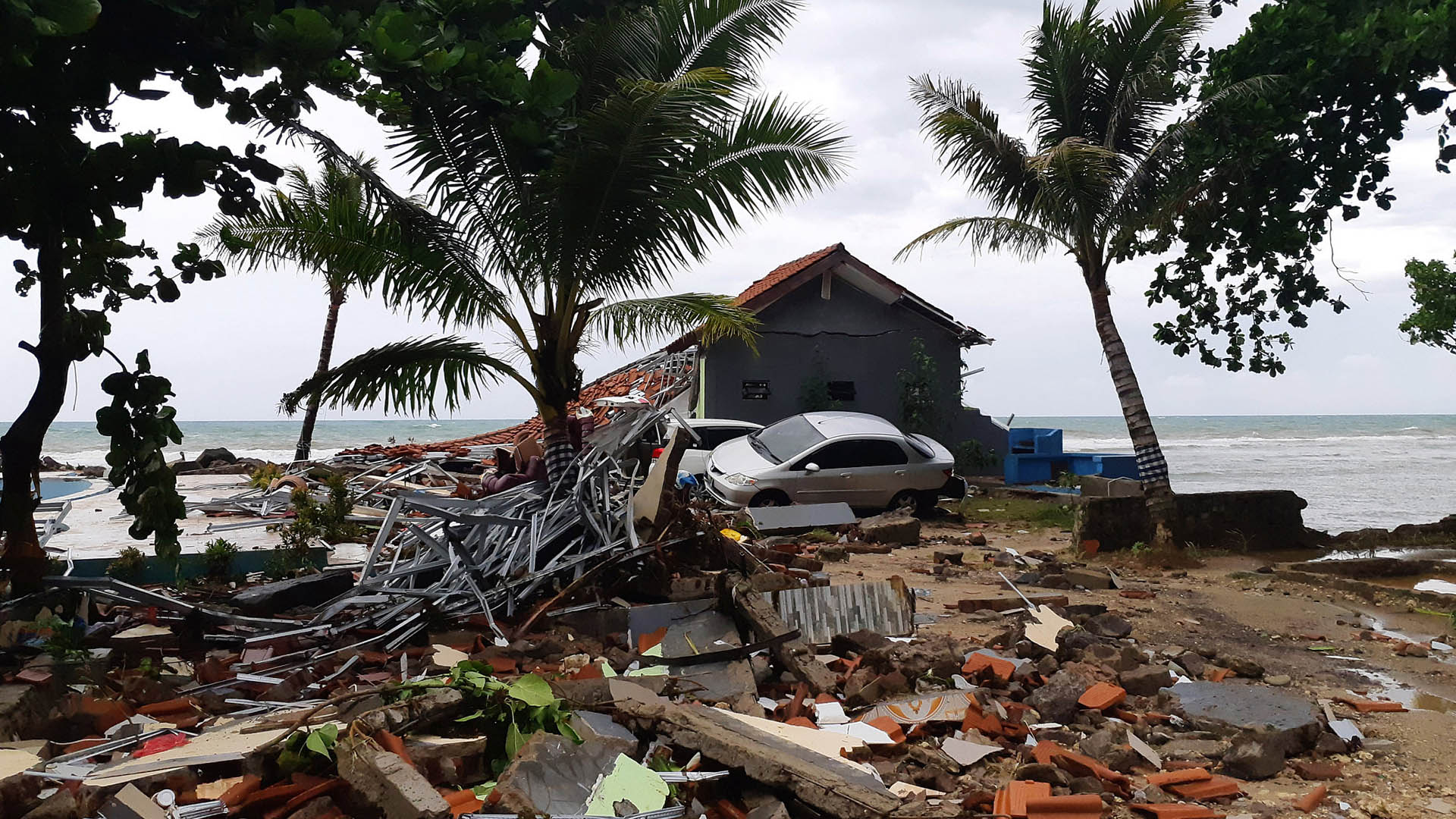Indonesia needs high-quality equipment to predict tsunami

Nobody had a clue that a 20-meter wave was approaching the coastal town of Banten, Indonesia on Saturday night, December 22.
Before the strong waves, one of the country's largest volcanoes, Anak Krakatau (the child of Krakatau), released thick columns of ash and spewed bright red lava into the air.
But this became a common occurrence since July this year, according to locals. It didn't trigger any warning or anything suspicious.
Indonesia is a country located in the red zone, which means it is prone to natural disasters such as floods, earthquakes, tsunamis and volcanic eruptions. The country desperately needs high-quality equipment that can help to prevent similar incidents from happening in the future.
When the waves started to approach at 9:00 p.m. local time on that clear Saturday night, people still went about their activities as usual. Moments later at 9:27 p.m., residents recall how big waves began to crash against the town of Banten within minutes. Hundreds of people died, thousands are injured and several others are missing.
Authorities were baffled. No warning signs, no earthquakes, nothing out of the ordinary happened before those waves came. Experts are beginning to understand the pattern of events leading up to that tsunami. “This is a new phenomenon that we are still trying to figure out. But we know for sure that the tsunami did not happen just because of activity from Krakatau itself. It has erupted at an even larger scale before and that didn't cause a tsunami. So we believe it is due to many factors,” said Ratdomo Purbo, a geology expert from Indonesia's Energy Ministry.
The conclusion they drew was that the increasing tremors from Krakatau coupled with a mild earthquake and heavy rains resulted in a flank collapse. That heavy collapse underwater is what experts describe as an underwater landslide. The impact of that landslide caused the massive waves to be pushed upwards.
This is the first time Krakatau's eruptions caused a tsunami. The previous one happened more than a century ago, in 1883. The eruption was massive and killed hundreds of thousands of people and wiped out neighboring islands. After 135 years, Indonesia was not prepared for another huge eruption.
According to a representative from the earthquake and detention center, most of the country's equipment is outdated and underwater detection systems are not in place, hence residents in Banten were not warned beforehand.
Joko Siswanto, the regional head of Banten from the Indonesian Agency for Meteorology, Climatology and Geophysics, said it was important that President Joko Widodo discussed the possibility of updating their earthquake and tsunami equipment. “Our equipment at the earthquake and tsunami center needs to be updated and more advanced. We hope that in the future we can give out warnings much faster, not just for tsunamis caused by tectonic movements but volcanic tremors too.”
Widodo announced that he will prioritize advanced equipment in Indonesia's national budget for 2019. It was reported that the warning systems had been broken since 2012, which means the tsunami that happened in Sulawesi in September also came without warning.
However, during that time an earthquake before the tsunami prompted residents to prepare themselves.